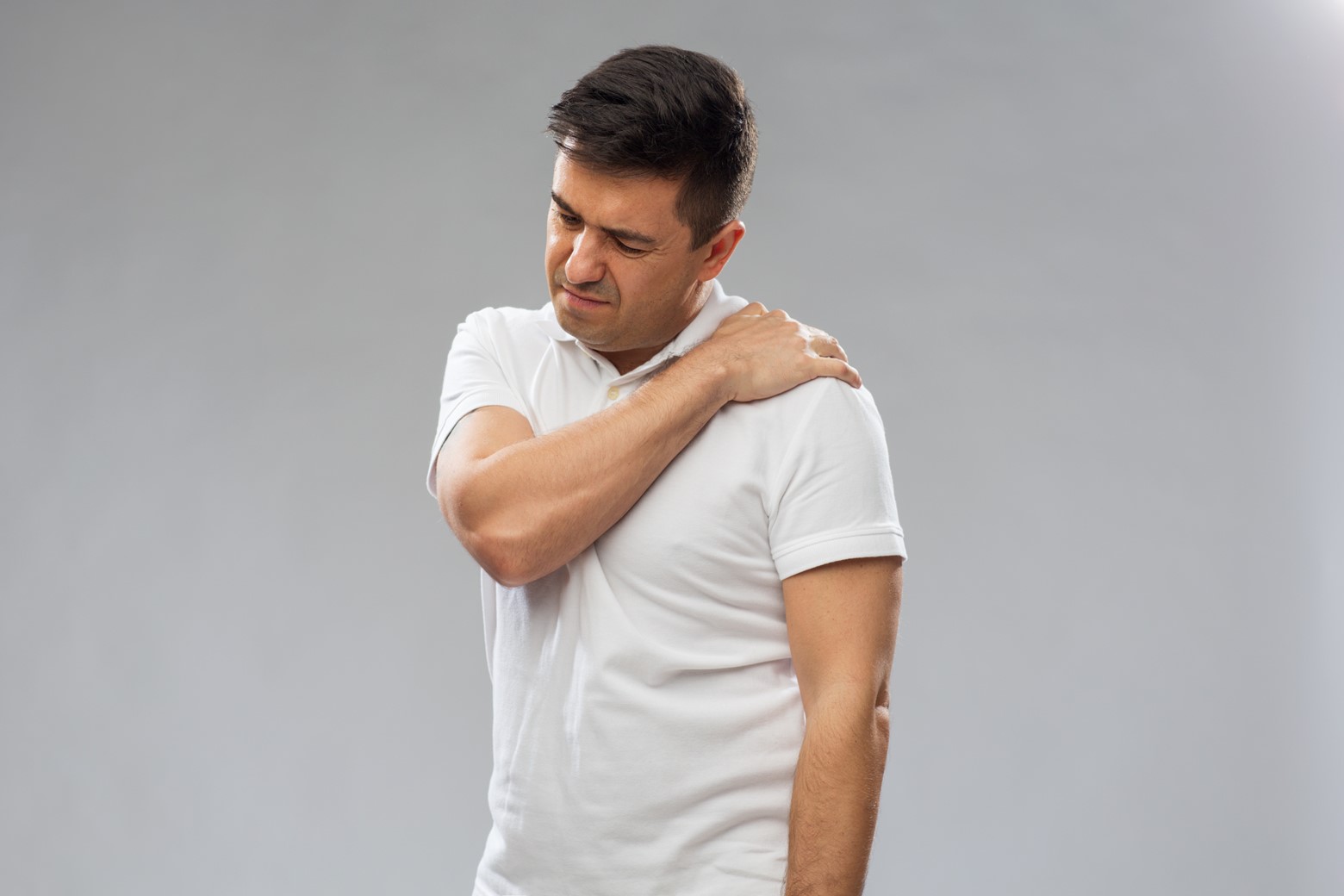The rotator cuff is a group of muscles and tendons that keep the shoulder stable and assist in movement. For athletes, whether amateur or professional, maintaining the health of this muscular group is essential. Their sports performance often relies heavily on the strength and stability of the rotator cuff. Neglecting its care can lead to injury, affecting not only performance but also everyday activities.
Rotator cuff health isn’t just a concern for elite athletes—it’s vital for anyone engaging in physical activity. Understanding this connection helps prevent injuries and helps achieve athletic excellence.
Delving into Rotator Cuff Injuries
The rotator cuff comprises four muscles and tendons surrounding the shoulder joint, providing stability and motion. Injuries can be common in athletes and often fall into three categories:
- Tendinitis: Swelling or inflammation, usually due to overuse.
- Partial Tears: Incomplete rips in the tendons.
- Full-Thickness Tears: Complete tearing of the tendon attaching the muscle to bone.
Sports such as cricket, tennis, and badminton frequently contribute to these injuries. Cricket bowlers, for instance, use repetitive overhead motions, stressing the rotator cuff. Similarly, tennis players repeatedly serve and smash, overloading the shoulder’s muscles and tendons. In badminton, an athlete’s powerful strokes can strain the muscles continuously, leading to wear over time.
Therefore, athletes must stay vigilant and smart about their approaches to protection and recovery.
Identifying Risk Factors in Athletes
Several factors increase the risk of rotator cuff injuries in athletes:
- Age and Wear: As athletes age, their musculoskeletal system naturally wears down.
- Repetitive Movements: Sports often require repetitive actions, especially overhead, which are taxing on the shoulder.
- Sport-specific Challenges: Each sport might have unique movements that stress the shoulder differently.
- Technique and Form: Without proper technique, athletes might inadvertently increase injury risk.
Recognizing these factors is crucial for developing protective strategies.
Recognizing Symptoms of Rotator Cuff Injuries
Identifying symptoms of rotator cuff injuries early can prevent further complications. Typical signs include:
- Pain: Especially when lifting or reaching overhead.
- Weakness: Reduced strength in the shoulder, making it tough to perform tasks.
- Range of Motion Limitations: Trouble moving the arm fully.
- Sensory Symptoms: Sounds like clicking or popping when the shoulder moves.
Being aware of these symptoms can lead to a quicker response and management strategy.
Proactive Prevention Strategies for Athletes
Preventing rotator cuff injuries involves some proactive measures:
- Warm-up/Cool-down Routines: These routines prepare the body and aid recovery.
- Strengthening Exercises: Focus on workouts that build muscle endurance in the shoulder area.
- Flexibility and Mobility: Yoga or stretching helps maintain flexibility in the shoulder.
- Posture and Technique: Proper posture ensures movements don’t strain the rotator cuff.
By integrating these strategies, athletes can reduce injury risks and enhance their performance.
The Diagnosis Journey
When symptoms arise, a well-rounded diagnosis is necessary. A thorough physical exam helps pinpoint issues. Diagnostics might include:
- X-rays: To see any bone issues affecting the rotator cuff.
- MRI: Detailed images of muscles and tendons reveal the extent of any injuries.
- Ultrasound: Checks for muscle tears and swellings.
These methods help form a complete picture of the injury, allowing for tailored treatment plans.
Exploring Treatment Avenues
Exploring the best treatment for rotator cuff injuries often begins with conservative options:
- Rest and Modified Activity: Scale back activities that cause pain.
- Physical Therapy: Tailored exercises restore shoulder strength and function.
- Medications: Over-the-counter pain relievers to reduce pain.
When necessary, surgical approaches may be considered:
- Arthroscopic Repair: Minimally invasive surgery to fix tears.
- Open Surgery: Comprehensive approach for serious cases.
- Tendon Transfers: Used when tendons are beyond repair.
Emerging rehabilitation techniques, especially in places like India, provide innovative paths to recovery.
Recovery, Rehabilitation, and Return to Action
Recovery from rotator cuff injuries demands a well-structured rehab plan. Personalized programs ensure athletes rebuild strength safely. It’s crucial to gradually resume sports, focusing initially on low-impact activities.
Through this gradual return, athletes significantly reduce the risk of re-injury, double-checking that movements are secure and sustainable for the long term.
Maintaining Long-term Rotator Cuff Health
Long-term care ensures the well-being of the rotator cuff. Steps include:
- Continuous Exercises: Keep strengthening and improving mobility.
- Regular Check-ups: Periodic medical reviews catch issues early.
- Adaptive Training Protocols: Adjust routines according to fitness levels and needs.
Such forward-thinking approaches are pivotal to sustaining shoulder health, extending both athletic careers and personal wellness.
Conclusion
Take Your Performance to the Next Level with Isaac Bone and Joint Specialty
Don’t let rotator cuff injuries hold you back. Embrace proactive care and maximize your athletic potential with the experts at Isaac Bone and Joint Specialty.
Contact us today to schedule your consultation and ensure your long-term health and performance!

